Mental health knows no borders: Marcus Rodriguez and his global crusade

September is Suicide Prevention Awareness Month, and Impacto wanted to address this sensitive issue for the Latino community, given that mental health problems are on the rise, while at the same time, more people are seeking treatment and opening up about the subject. That is why we spoke with Marcus Rodriguez, a prominent psychologist and mental health specialist.
Marcus grew up in Puebla, but his life and career have taken him across different continents. Today, from California, the psychologist and professor at Pitzer College has made suicide prevention his central calling. His career combines academic experience, applied research, and a personal commitment to bringing care to those who lack access to mental health services. At his lab in Los Angeles, he develops interventions supported by technology and by laypeople –those who are not health professionals– with the goal of expanding the support network for those who need it most.
“I am a trainer in Dialectical Behavior Therapy (DBT), a therapy focused on suicide prevention and on people who suffer so much that they feel that is their only way out,” he explains. His vision, however, goes beyond private practice and university classrooms: it is about building global solutions to a universal problem.

An intercultural background
His curiosity first took him to China for what was supposed to be a one-year stay, together with his brother. The trip turned into a defining chapter of his life. He learned the language, met his wife –who is of Chinese origin– and ended up living there for almost a decade. “At first, what attracted me was curiosity, then love, and later the desire to help in a place where, as in Latin America, there are not enough human resources to provide effective therapy.”
That experience allowed him to confirm that, although each culture perceives trauma, depression, or anxiety differently, the view on suicide is shared: “No culture wants to lose its children in that way. It is a universal problem that requires global solutions.”
Latino Suicide Statistics in the U.S.
In 2023, the suicide rate among Hispanic individuals was 13.26 per 100,000, compared to 24.66 among non-Hispanics.
Between 2011 and 2021, the rate rose from 5.7 to 7.9 per 100,000 in the Latino population.
Among Latino children aged 12 and under, suicide rates increased by 92.3% between 2010 and 2019.
Latino men are 4.4 times more likely to die by suicide than Latina women.
In 2023, only 14.6% of Latino adults received mental health treatment, despite 20.6% reporting a mental health condition.
Key Risk Factors
Poverty, language barriers, and lack of bilingual mental health professionals.
Immigrant children taking on adult responsibilities due to parents’ limited English.
Cultural stigma around seeking professional help.
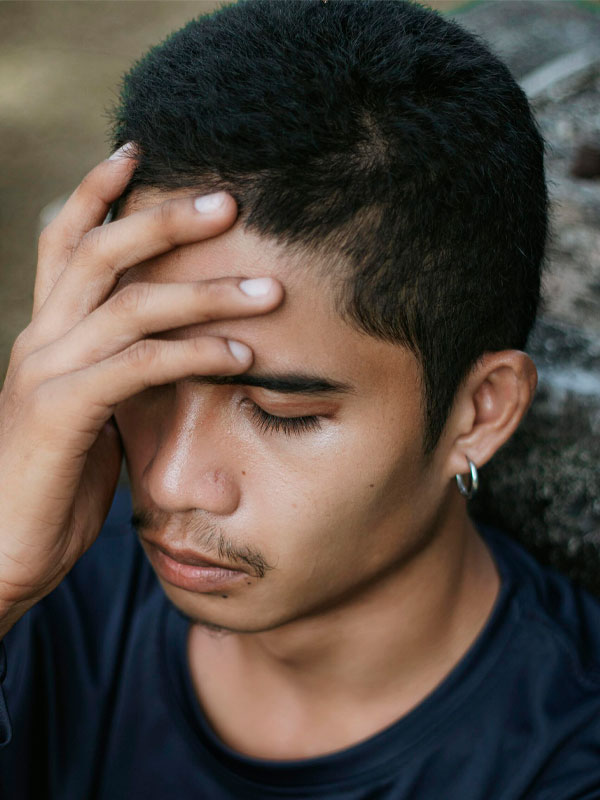
The landscape of suicide
The statistics are stark. Suicide is the third leading cause of death among young people aged 15 to 29, and over the last two decades, the rates have continued to climb. Women make more attempts, but men are more likely to succeed, which is why they die almost four times more than women. The psychologist emphasizes that, in the moment of crisis, the priority is to address the immediate emergency, but that the real solutions lie in social, economic, and public health factors.
This means designing policies that protect children and young people, rather than limiting ourselves to emergency responses. Prevention, he insists, requires coordinated work between governments and institutions, as well as community intervention whenever possible, ideally with the participation of mental health professionals.
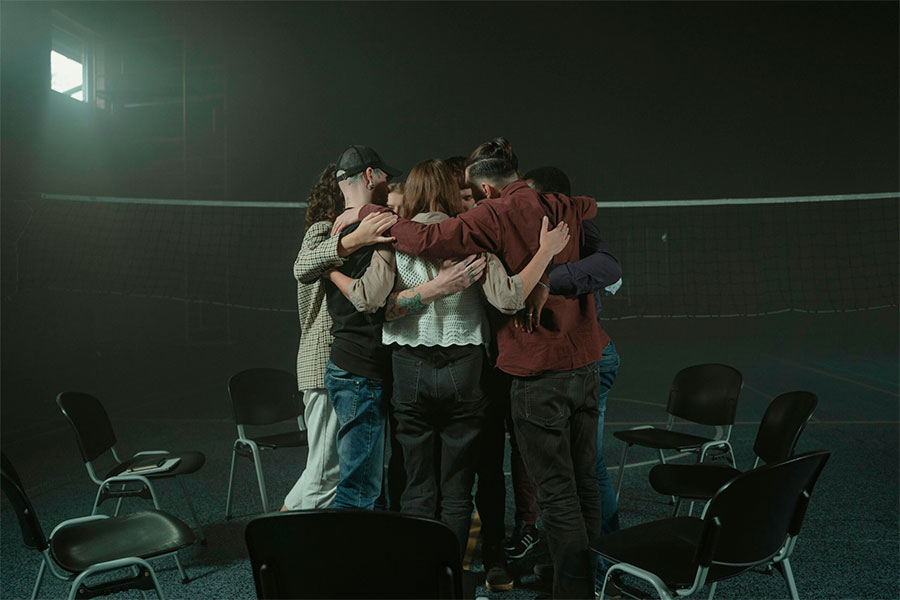
Community strategies
In his more than 90 countries visited (in dozens of them he has conducted trainings), the specialist has confirmed one certainty: “No one wants their citizens to die by suicide.” His work consists of training non-specialists to become reliable sources of support. Teachers, for example, could receive more preparation to accompany students dealing with anxiety or depression. Churches and community leaders also play a key role, as they are often the first source of support for many families.
“Psychologists should collaborate with these spaces instead of dismissing them. They can refer to professionals when necessary, and professionals can recognize that the community has its own resources.” For him, prevention begins with listening: parents who support their children’s dreams, adults who do not judge but rather approach young people’s suffering with curiosity and empathy.
Warning Signs
The specialist stresses that not everyone needs therapy, though many benefit from it. But when a person has attempted suicide, professional intervention becomes essential. Warning signs include:
- Intense and persistent sadness
- Feelings of emptiness
- Disproportionate anger
- Abrupt mood swings
- Suicidal thoughts
- Extreme guilt
- Social isolation
- Drastic changes in sleep or appetite
- Sharp decline in school performance
- Hallucinations (seeing or hearing things that don’t exist)
- Thoughts of self-harm or harming others
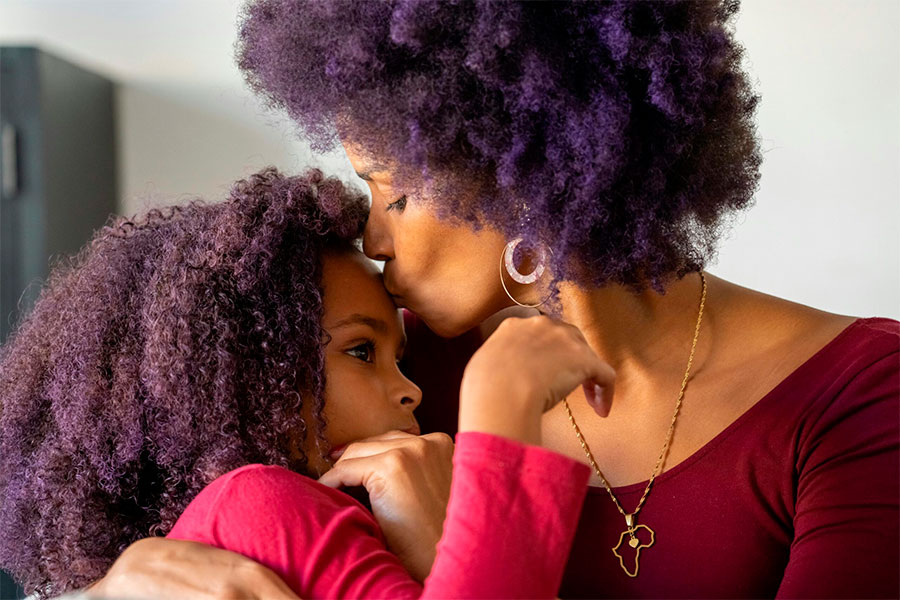
Warning signs
The specialist stresses that not everyone needs therapy, though many benefit from it. But when a person has attempted suicide, professional intervention becomes essential. What signs should raise the alarm?
Intense and persistent sadness, feelings of emptiness, disproportionate anger, abrupt mood swings, suicidal thoughts, extreme guilt, social isolation, drastic changes in sleep or appetite, and a sharp decline in school performance. Then there are more obvious symptoms, such as hearing voices or seeing things that don’t exist—these require immediate attention. “And any idea of self-harm or harming others must be taken with the utmost seriousness.”
In a country like the United States, where access to firearms is common, hiding them securely in the home is a vital preventive measure. “Impulsivity can lead to an act with irreversible consequences,” he warns.
Dialectical Behavior Therapy
The core of his work as a trainer is DBT, a structured therapy for people with intense emotions and high-risk behaviors. It combines four main areas:
- Distress tolerance – to face immediate crises
- Emotional regulation – to understand and manage what emotions communicate
- Mindfulness – to observe internal experience without acting impulsively
- Interpersonal effectiveness – to strengthen healthy relationships and self-respect
The power of asking
One of the biggest myths surrounding suicide is that talking about it “puts ideas” in people’s heads. The psychologist debunks this belief: “Ask directly: ‘Are you having thoughts of suicide?’ If the answer is yes, the next step is to ask whether there is a specific plan or intention. That information can save lives by allowing timely intervention and reducing access to contemplated methods.
“The most important thing is to approach with empathy and without judgment. Talking about it opens the door to hope,” he says. The expert agrees with Perla Lara, Impacto’s editor-in-chief, who in an Impact Talk, compared the attention that should be given to a child with serious mental health issues to the care one would devote to a child with cancer, with all energy focused on treatment, even if there is no X-ray showing the damage or the source of the pain.
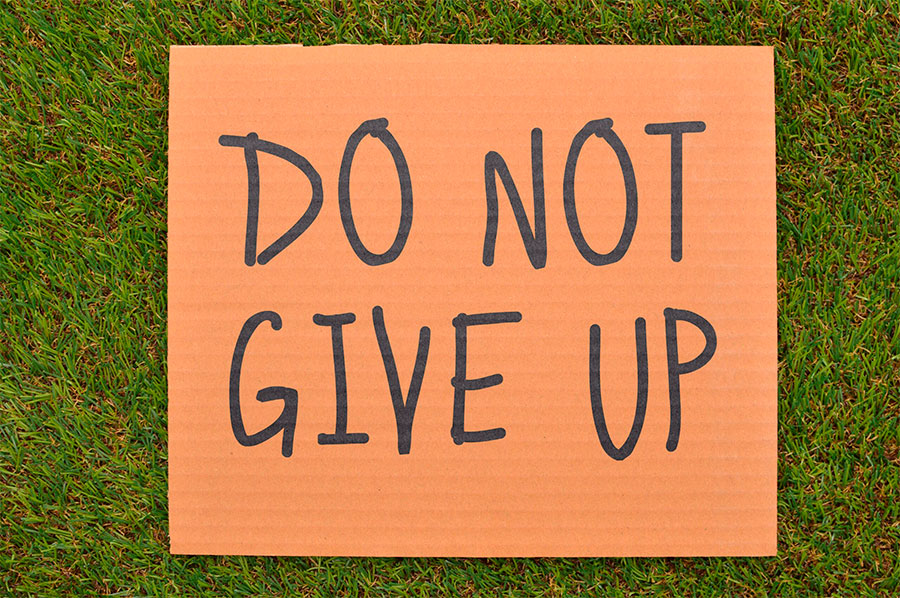
Dialectical Behavior Therapy
The core of his work as a trainer is DBT, a structured therapy for people with intense emotions and high-risk behaviors.
Treatment includes weekly skills classes, individual therapy, and the possibility of texting the therapist in critical moments. In addition, specialists work in teams, aware that this is an emotionally demanding field.
His mission is clear: to bring these tools to schools, communities, and professionals so that more people can become vital sources of support. “Sometimes it’s enough for a teacher, a friend, or a parent to ask and accompany someone to make a difference,” he adds.
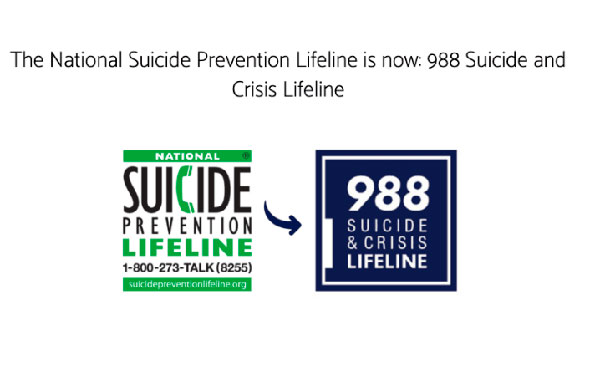
A message of hope
The mental health activist concludes with a conviction: “Let’s always remember that we are not alone. There is hope, and life is possible.” In a world where mental disorders face stigma, lack of resources, and deep inequalities, his voice joins those insisting on opening uncomfortable but necessary conversations.
His work reminds us that suicide prevention does not depend solely on public policy, hospitals, or clinics. It is also in classrooms, churches, homes, and above all, in the human capacity to listen without judgment and with empathy.
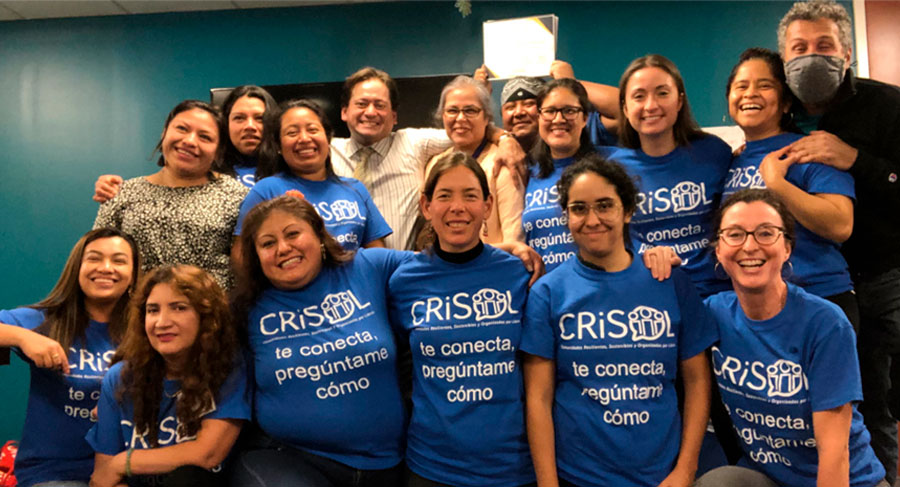
Resources in Philadelphia
Bilingual & Latino-Focused Mental Health Services
CRISOL Latino Health Collective
This is a community-focused initiative that organizes events like:
- Monthly Latino Town Halls: Held on the first Thursday of each month via Zoom, these meetings bring together organizations serving the Latino community in Philadelphia to share resources and collaborate on solutions. Spanish interpretation is available. You can join by emailing crisol@drexel.edu.
- Annual Retreat: Scheduled for October 10, 2025, at Drexel University, this retreat includes workshops, panels, and networking opportunities aimed at improving Latino health services in the region.
More info: CRISOL Town Halls and CRISOL Retreat
Hispanic Community Counseling Services (HCCS)
Location: North Philadelphia
Services: Individual, family, and group therapy; psychiatric evaluations; substance use support.
Languages: Spanish & English
Website: hccsphila.org
COMHAR – Latino Treatment Program
Location: West Kensington
- Services: Trauma-focused therapy, medication management, addiction support.
- Languages: Bilingual staff (Spanish/English)
- Contact: (267) 861-4382
- Website: comhar.org/latino-treatment-program
Puentes de Salud
Location: South Philadelphia
Services: Health care, wellness programs, education, and community building for Latino immigrants.
Website: puentesdesalud.org [Puentes de…iladelphia]
La Puerta Abierta
Services: Free trauma-informed therapy for Latino immigrants and refugees.
Contact: (267) 245-0145
Website: lpa-theopendoor.org [Latino Res…- CAP4Kids]
Congreso de Latinos Unidos
Location: Eastern North Philadelphia
Services: Health, education, workforce development, and behavioral health.Website: congreso.net
Peer Support & Training
Mental Health Partnerships
- Offers Spanish-language certification for peer support specialists.
- Helps immigrants access behavioral health services.
- Website: mentalhealthpartnerships.org
Free & Low-Cost Mental Health Services
Healthy Minds Philly
- City-run platform with free screenings, resources, and crisis support.
- Website: healthymindsphilly.org
NAMI Philadelphia
- Support groups, education, and advocacy for mental health.
- Website: namiphilly.org
Philadelphia Department of Behavioral Health
- 24/7 Mental Health Delegate Line: (215) 685-6440
- Offers crisis response and referrals.
Marcus A. Rodríguez is an internationally recognized clinical psychologist specializing in Dialectical Behavior Therapy (DBT). Born in California and raised in Mexico, his academic and professional background has taken him around the world: he studied in Germany, lived in China for nine years, and has traveled to nearly 100 countries, deeply enriching his multicultural approach to mental health. He earned his B.A. in Psychology and Religion at Pepperdine University, his M.A. in Clinical Psychology at Peking University, and his Ph.D. at Duke University. He completed his internship at Harvard Medical School and his postdoc at the Boston Child Study Center.
Rodríguez is founder and director of the Youth and Family Institute in Los Angeles, in addition to leading the Global Mental Health Research Lab and serving as an associate professor at Pitzer College. He has taught at institutions such as Duke, UCLA, Pepperdine, and universities in China, and has trained thousands of professionals in DBT in Latin America, the United States, and Asia. His clinical practice focuses on DBT for complex trauma, preadolescents, parents, and families, and he provides therapy in English, Spanish, and Mandarin. He is a consultant and trainer for Behavioral Tech, the organization founded by Marsha Linehan, creator of DBT.
As a researcher, he has published numerous scientific articles and co-authored the first book on DBT in Mandarin. He also leads clinical trials in hospitals and universities. Outside academia, he is passionate about writing children’s books on emotions and diversity, creating therapeutic memes, and enjoying hiking and travel with his family.
Con información de UNAR AGENCY





